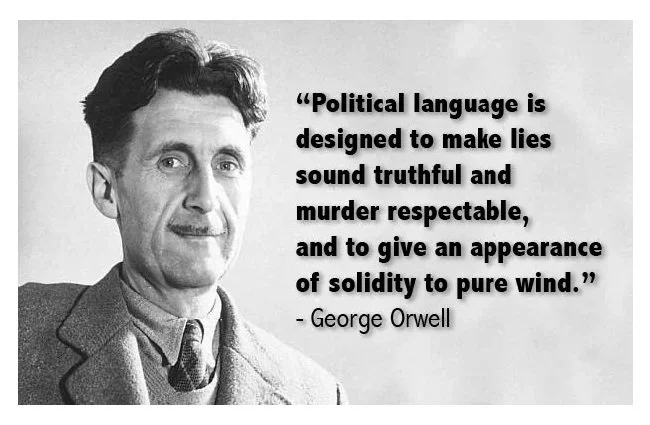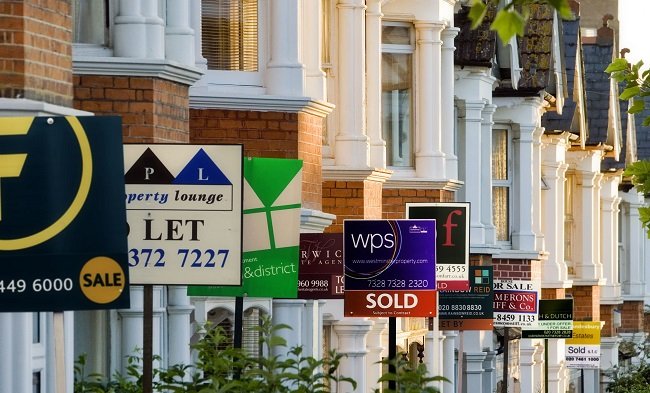Taxis and Minicabs
In case you don’t know already, I don’t drive. Haven’t got a licence or taken a test. Never have and never will. The post I’ve linked to explains why, so we won’t be discussing that any further here. Mrs P is our household’s designated driver. Not that she minds as she has always enjoyed driving. However, she is currently immobile due to a fracture in her right leg. Hence we aren’t using the car at present which causes a few problems. Firstly, as Mrs P’s leg injury is still being treated, there is the travel to the various outpatients clinics at the hospital. Then there are our grocery shopping requirements. The latter is easily addressed by home deliveries. The former is more of a problem. Although London has good public transport, travelling while in a wheelchair is far from ideal. Hence we won’t use buses to get to hospital. Which means using taxis or minicabs, which presents its own unique challenges.
To begin with, let me clarify the terms being used, as I shall be referring to the UK definitions. By taxis, I mean the iconic black cabs or hackney carriage. In Greater London, these vehicles are licensed by The Taxi and Private Hire office under the auspices of TFL (Transport for London). Taxi drivers have to pass “The Knowledge”, an “in-depth study of a number of pre-set London street routes and all places of interest in the capital”. Taxi drivers do not rely upon satnav. There are also various security checks required before a licence is issued. Taxis can be hailed in the street or booked online, via apps. Minicabs is the term used to cover any other form of private vehicle hire. From big companies such as Addison Lee, local firms and of course Uber. These vary greatly in quality.
I won’t use Uber because on several occasions the driver has simply abandoned the job and failed to turn up, which is singularly inconvenient to put it mildly. Similarly, local minicabs are equally unreliable, often taking the booking but failing to arrive in time. Also most vehicles are not wheelchair friendly and the drivers will do little or nothing to assist the passenger(s). Hence, if I have to use a minicab, I use Addison Lee which has higher standards for their drivers and a good online booking and tracking system. However, by choice I will always use a taxi as the vehicles are by design wheelchair friendly, with a ramp allowing easy access. The drivers are always helpful and considerate taking routes with the minimal amount of “traffic calming measures” AKA speed bumps. The booking apps such as Gett are efficient and reliable.
What has become apparent over the last two and half weeks since Mrs P had her accident and we’ve had to rely on taxis and minicabs, is how the cost of travelling by such means has increased. This is due to the cost of living crisis as well as several other factors. It takes 20 minutes to drive to the hospital at Woolwich and that journey cost £30 including tip. Hence a cost of £60 per round visit. However, there are two other factors that complicate the situation. Since the pandemic, approximately 5,000 London based taxi drivers are no longer active. This shortfall means that booking on the fly is a lot harder. Conversely, some apps will only allow booking one hour in advance. Also, a lot of taxis are reluctant to take shorter journeys, instead favouring longer trips that pay more. It’s a classic consequence of the free market. Like many situations in life, you only become familiar with them when there is a need to. Until recently, taxis and minicabs have been an occasional requirement. However, I count us fortunate that we are in a position to use such services, rather than the alternative.




























